Italy’s diverse landscapes, historic landmarks, and charming villages make it an ideal destination for a road trip. From the rolling hills of Tuscany to the dramatic cliffs of the Amalfi Coast, each region offers unique experiences. Planning your road trip carefully ensures you make the most of your time while navigating Italy’s winding roads and cultural treasures. Here’s a guide to help you craft the perfect Italian road trip.
1. Plan Your Route: Regional Highlights
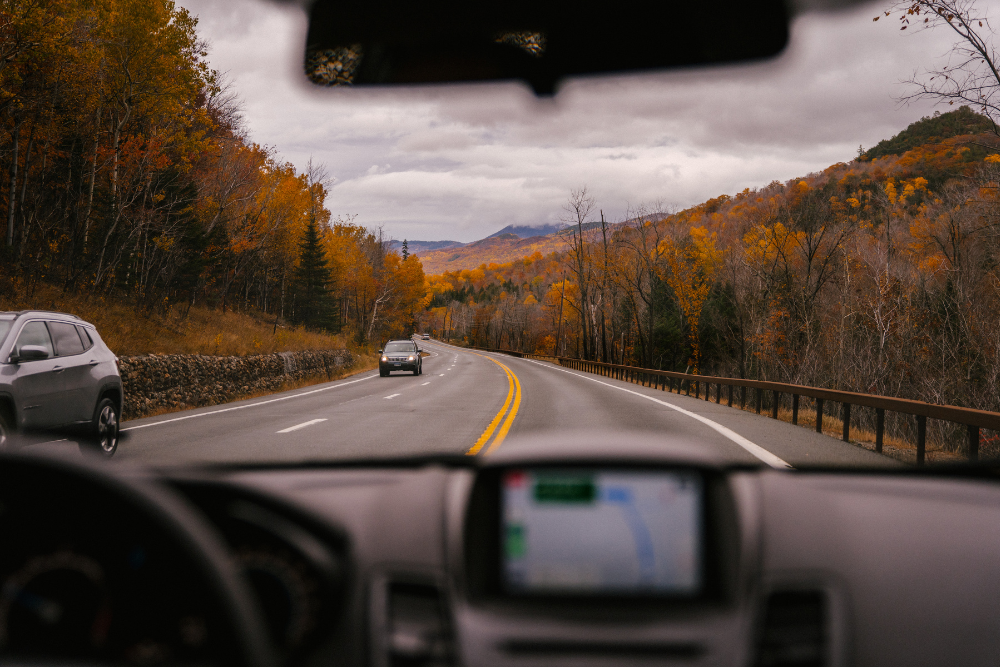
Italy is divided into distinct regions, each offering its own attractions. Tailor your road trip based on your interests and the time you have available.
- Northern Italy: Start in Milan and explore Lake Como, the Dolomites, and Venice. Perfect for lovers of mountains, lakes, and culture.
- Central Italy: Begin in Florence, then wind through Tuscany (San Gimignano, Siena) and Umbria (Assisi, Perugia). Ideal for wine enthusiasts and history buffs.
- Southern Italy: Drive along the Amalfi Coast, visit Naples, and head to Puglia for picturesque coastal towns and unique trulli houses.
- Islands: Consider renting a car in Sicily or Sardinia to explore stunning beaches and ancient ruins.
Pro Tip: Stick to 1-2 regions if you have limited time to avoid spending too much time driving.
2. Decide on the Best Time to Go
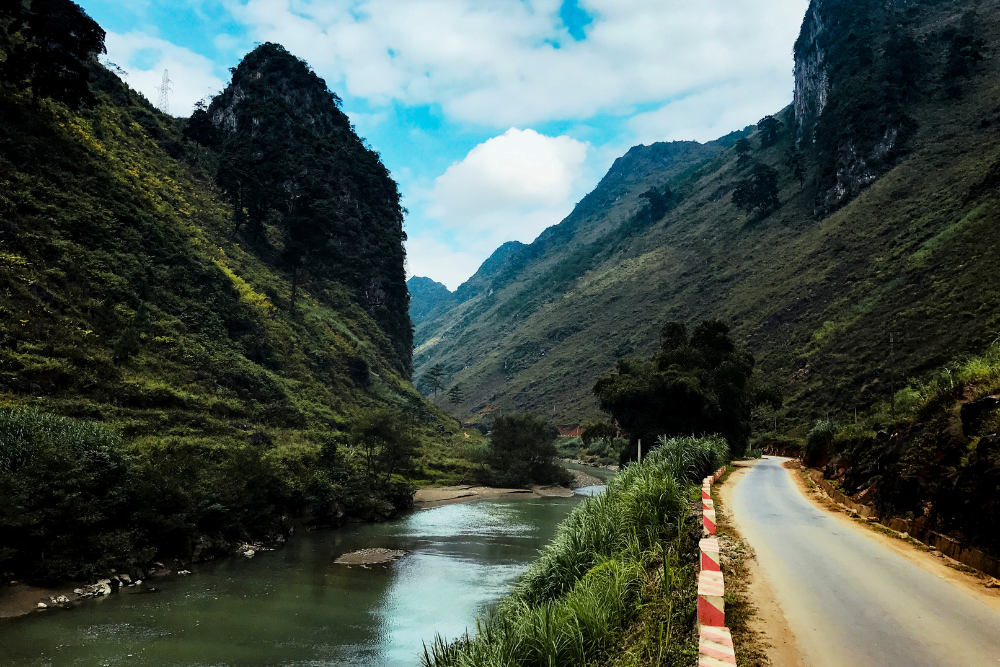
- Spring (March to May): Enjoy blooming landscapes and mild weather, perfect for countryside drives.
- Summer (June to August): Great for coastal and beach trips but expect crowds and higher prices.
- Fall (September to November): Ideal for wine harvests and scenic drives through Tuscany’s golden vineyards.
- Winter (December to February): Good for exploring southern regions and enjoying festive markets, but some mountain passes in the Alps may be closed due to snow.
3. Renting a Car: Tips and Essentials
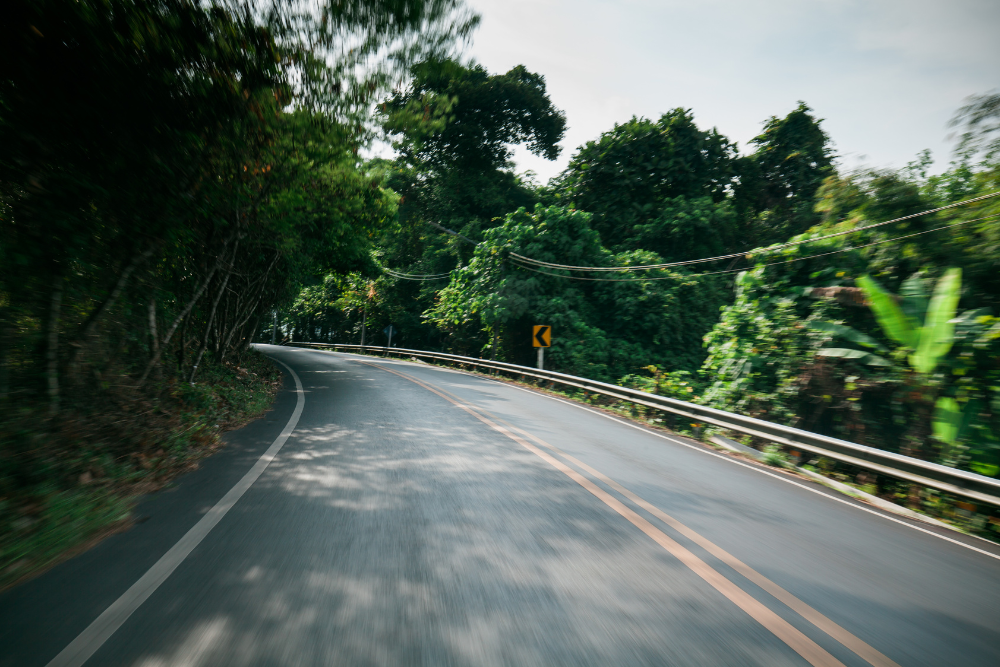
- Choose the Right Vehicle: A small car is ideal for navigating narrow village streets, while a larger car is better for families or groups.
- International Driver’s Permit (IDP): Non-EU residents may need an IDP to drive in Italy—check the requirements before your trip.
- Insurance: Opt for comprehensive insurance coverage, as Italian roads can be challenging to navigate.
- Automatic vs. Manual: Manual cars are more common and cheaper to rent, but automatics are available for those who prefer them.
Pro Tip: Rent your car from major cities or airports for a wider selection, but be aware of additional fees for one-way rentals if you’re ending your trip in a different city.
4. Navigating Italy’s Roads
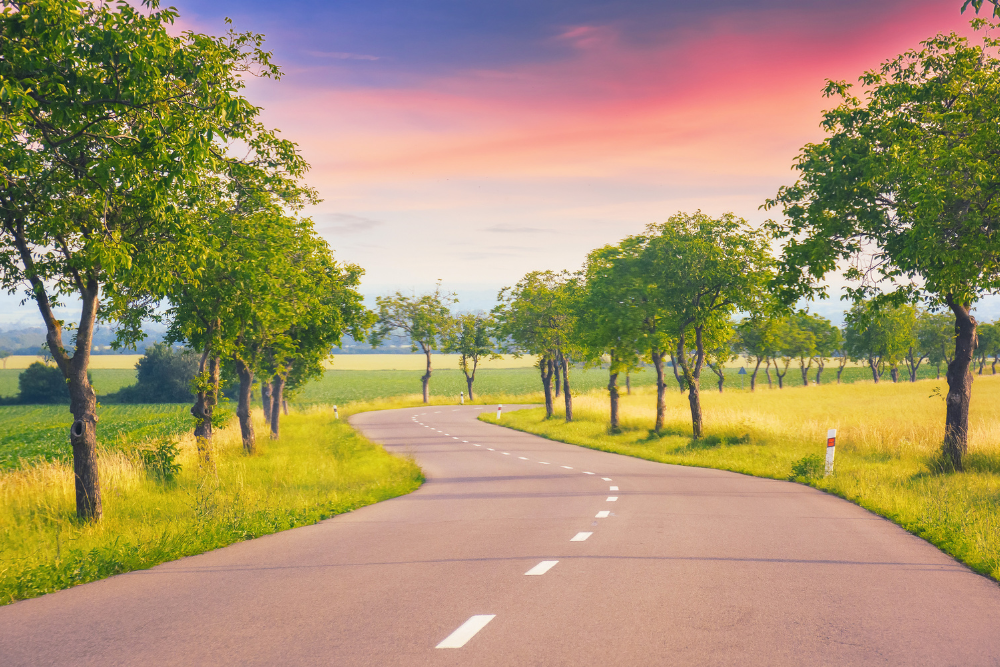
- Highways (Autostrade): These toll roads are fast and efficient for long-distance travel. Look for “Telepass” lanes for seamless toll payments.
- Scenic Routes: Opt for regional roads in areas like Tuscany or the Amalfi Coast for breathtaking views and charming stops.
- Parking: Parking can be tricky in city centers. Look for “P” signs indicating parking lots and avoid ZTL (Zona a Traffico Limitato) zones, restricted areas where unauthorized vehicles are fined.
- Speed Limits: Typically 130 km/h (81 mph) on highways, 90 km/h (56 mph) on regional roads, and 50 km/h (31 mph) in urban areas.
5. Must-See Stops and Experiences
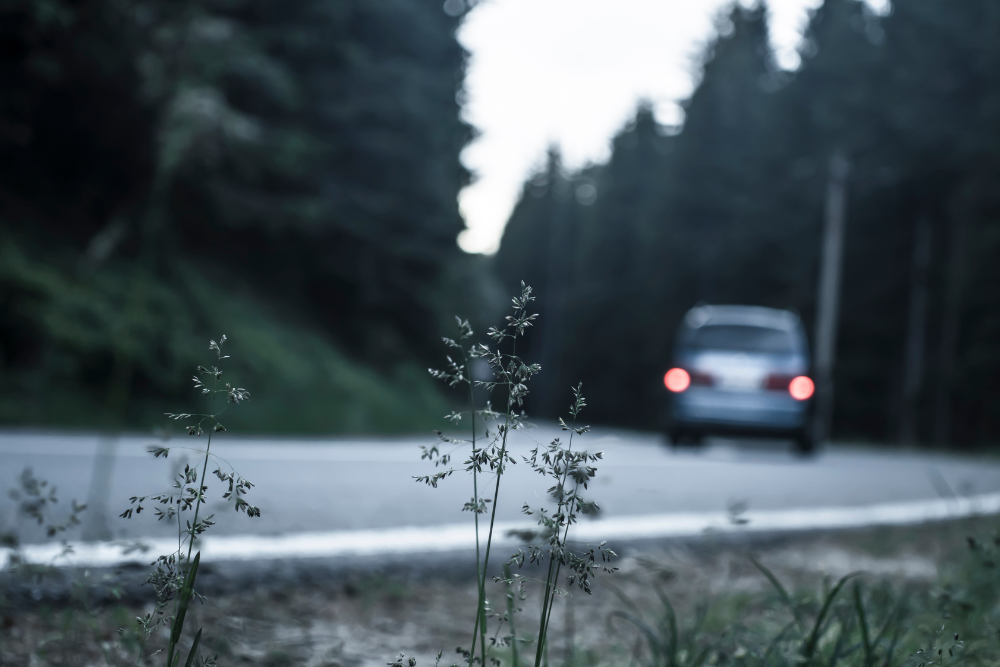
- Tuscany: Drive through the Val d’Orcia, dotted with vineyards, olive groves, and medieval towns like Pienza and Montepulciano.
- Amalfi Coast: Follow the winding coastal road from Positano to Ravello, stopping for panoramic views and fresh seafood.
- Piedmont: Explore the wine regions of Barolo and Barbaresco, famous for their rich reds and truffle dishes.
- Sicily: Take a road trip from Palermo to Taormina, visiting ancient ruins like the Valley of the Temples and pristine beaches.
- Lakes Region: Discover the beauty of Lake Como and Lake Garda, where charming villages meet serene waters.
6. Where to Stay
- Agriturismos: Rural farm stays in Tuscany and Umbria offer authentic Italian hospitality, home-cooked meals, and scenic surroundings.
- Boutique Hotels: Ideal for cities and coastal areas, offering personalized service and unique decor.
- Vacation Rentals: Great for families or groups, providing the flexibility of cooking and extra space.
- Mountain Lodges: Perfect for exploring the Dolomites or the Alps, combining comfort with stunning alpine views.
Pro Tip: Book accommodations in advance during peak seasons, especially in popular regions like the Amalfi Coast and Tuscany.
7. Food and Drink Tips for the Road
- Local Specialties: Try regional dishes like pizza in Naples, bistecca alla Fiorentina in Florence, and arancini in Sicily.
- Wineries: Plan stops at local vineyards for tastings, especially in Tuscany, Piedmont, or Veneto.
- Rest Stops: Italian highway rest areas, known as Autogrills, offer surprisingly good coffee, paninis, and local snacks.
Sample Itinerary for 10 Days
- Day 1-3: Start in Milan and explore Lake Como.
- Day 4-6: Drive through Tuscany, visiting Florence, Siena, and San Gimignano.
- Day 7-8: Head to Rome for iconic landmarks like the Colosseum and Vatican City.
- Day 9-10: End your trip along the Amalfi Coast, soaking in the views and vibrant culture.
Conclusion
A road trip through Italy is an unforgettable adventure, offering a blend of stunning landscapes, historical landmarks, and culinary delights. By planning your route, timing, and accommodations carefully, you can immerse yourself in the essence of Italy while creating memories that will last a lifetime. Buckle up and prepare for the journey of a lifetime!












